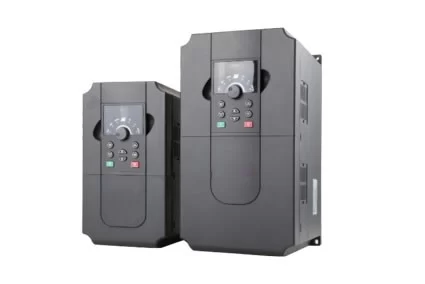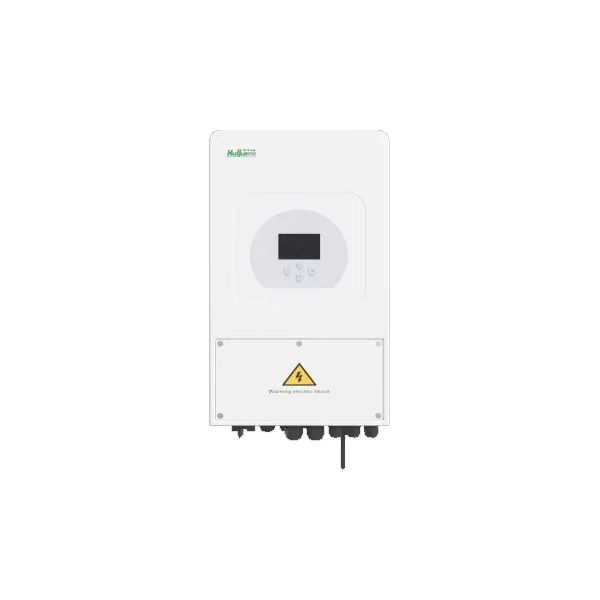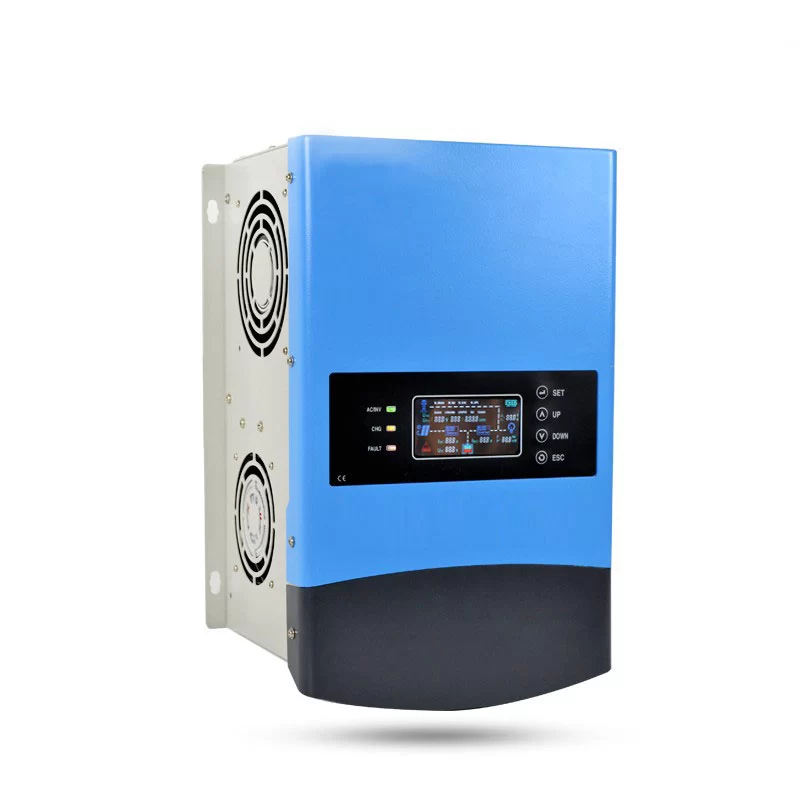Get A Quote Now!
Efficient Photovoltaic Inverter: Boost Solar Power Efficiency & Reduce Harmonics
In photovoltaic power generation system,photovoltaic inverter is the core component of photovoltaic power station. Its performance directly affects the efficiency and quality of photovoltaic system. Traditional inverters usually use three-phase sinusoidal rectifier to directly output DC, although the output voltage is stable, but can not adapt to load changes, and harmonic pollution. In addition, the power quality of photovoltaic power generation system is mainly determined by the switching frequency and grid frequency generated by inverter, and grid frequency often changes. Therefore, it is of great significance to develop a new photovoltaic inverter with high accuracy, high efficiency and low harmonic pollution for photovoltaic power generation system.

1. Brief introduction of function
The product uses intelligent power detection module to realize real-time monitoring of grid voltage and frequency, uses TMS320LF2812 chip to sample and analyze, and outputs the results to the upper computer.
The product can realize the storage and adjustment of electric energy and provide electric energy for photovoltaic system. In photovoltaic power generation system, the product can be combined with inverter, inverter boost, MPPT and other devices to form a complete photovoltaic power generation system.
2. Principle of operation
Photovoltaic Inverter is the core component of grid-connected photovoltaic system. Its main function is to convert AC input to DC to realize grid-connected photovoltaic generation. According to the input DC voltage and frequency, the inverter can be divided into three phase inverters and single phase inverters. The most common three-phase inverter is composed of rectifier circuit, inverter circuit and isolated drive circuit.
In the diagram, the three-phase rectifier circuit converts the AC voltage of the power grid into DC voltage, and the inverter circuit adopts the PWM (Pulse Width Modulation) technology to convert DC power into AC, and then carries out isolation control through an isolated driving circuit to output AC power of different frequencies. In the system, the photovoltaic panel outputs direct current when there is sufficient light, and alternating current when it is cloudy or at night.
3. Core device
IGBT: Also known as a power transistor, is a power semiconductor device. Its main function is to change alternating current into direct current and output stable direct current. IGBT is often called the heart of the converter.
LCL filter: A filter is a device that converts direct current to alternating current. Its role is to filter out high-frequency harmonics in the AC voltage, so that the output current is closer to the sine wave, ensuring power quality.
4. Experimental waveform
As can be seen from Fig. 1, the output voltage waveform of the photovoltaic inverter is consistent with that of the power grid, and the phase is basically consistent, which shows that the inverter can work normally.
As can be seen in Fig. 2, the output voltage waveform has two spikes near the fundamental, which is determined by the switching frequency of the inverter, which needs to be reduced to avoid this situation.
The inverter may produce harmonic pollution if a higher frequency switching device is used. At the same time, it is necessary to consider whether the inverter can work normally when the grid voltage is working normally. As can be seen in Fig. 5, the inverter does not produce harmonic pollution when the grid voltage is operating normally.






